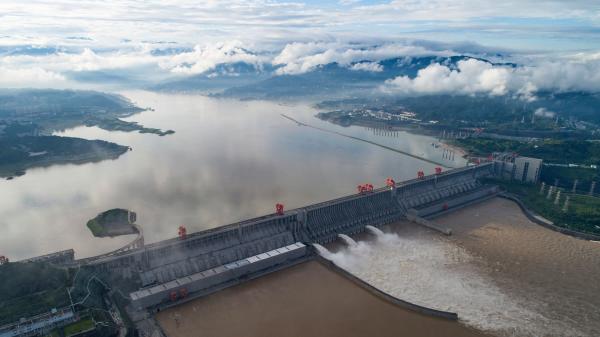China releases water into the Yangtze River in response to drought
By Tobias Schmitz
5 Oct 2022 by The Water Diplomat

Starting on the 12th of September, in response to the ongoing drought, the Chinese Ministry of Water Resources started discharging an additional 1.8 billion cubic metres of water from the main reservoirs in the river. This follows a similar release of 3.6 billion cubic metres in mid-August. Despite the gradual lowering of temperatures in China after the hottest and driest summer since records began, water levels in the Yangtze River Basin (YRB) have continued to drop during September.
In the August issue of The Water Diplomat, we reported that water in the drainage area of the Yangtze had dropped to 60% below average levels for August. The low water levels had affected hydropower production, and factories, including major vehicle assembly plants, were shut down to save power in Sichuan province, which is 80% dependent on hydropower. Poyang Lake, China’s largest freshwater lake, dropped to its lowest levels since records began by late September, measuring 7.1 metres in depth at one monitoring point as compared to 19.43 metres in June. As a result, the central Chinese province of Jiangxi announced a water supply red alert: Jiangxi province had experienced 60% less rain than the average since July, and the water inflow from rivers has similarly been 60% less than usual.
The water releases from the upper Yangtze will strengthen China’s food security, as the YRB accounts for about 50% of the country’s grain production and for some two thirds of China rice production. In August, subsidy packages had been announced by the State Council to compensate for production losses amongst rice farmers. September is a critical period for rice production in the middle and lower reaches of the Yangtze, and the release of water from the upper river will help to maintain the flow of water for irrigation across a total of 1.9 million hectares of agricultural land.
